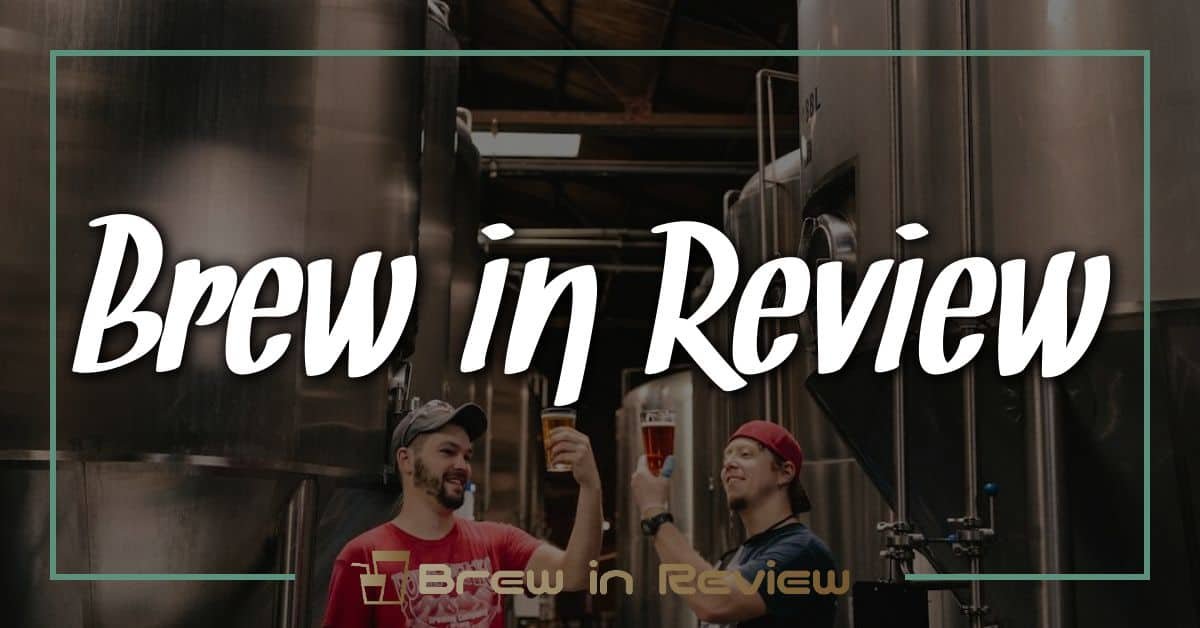Brewing with recycled water might sound unconventional, but it’s a game-changer in the world of sustainability. As we face increasing water scarcity, finding innovative ways to reuse this precious resource is more important than ever. I’ve discovered that not only can recycled water be safe for brewing, but it can also enhance the flavor profiles of our favorite beverages.
Imagine sipping on a delicious brew that not only quenches your thirst but also contributes to a more sustainable future. By embracing recycled water, we can reduce waste and make a positive impact on our environment. Join me as I dive into the fascinating world of brewing with recycled water, exploring the benefits, the process, and the exciting potential it holds for both brewers and consumers alike.
Understanding Recycled Water
Recycled water plays a crucial role in sustainable brewing. It offers an innovative solution to water scarcity while enhancing the flavors of my brews. Here’s a closer look at what recycled water is and how it’s processed.
Definition and Process
Recycled water, or reclaimed water, comes from treated wastewater. I typically see it processed through several stages. First, the water undergoes primary treatment to remove solids. Next, secondary treatment uses biological processes to eliminate organic matter. Finally, advanced treatment, including filtration and disinfection, ensures the water meets safety standards. Once treated, this water can be safely used in brewing, providing a resource that reduces waste and supports environmental stewardship.

Types of Recycled Water
I commonly encounter several types of recycled water in brewing applications:
- Graywater: This water comes from sinks, showers, and laundry, excluding toilet waste. It can be treated further for non-potable uses, like irrigation.
- Treated Effluent: This is wastewater that has undergone advanced treatment. It’s safe for many applications, including brewing, as it meets stringent health regulations.
- Stormwater: Captured rainwater can also be treated and utilized. This practice not only conserves water but also helps manage runoff.
Using these types of recycled water not only helps conserve fresh water resources but also aligns with environmentally responsible brewing practices.
Benefits of Brewing with Recycled Water
Brewing with recycled water offers numerous advantages that directly benefit both the environment and the brewing process itself. As a professional brewer and home brewer, I’ve explored these benefits firsthand and can attest to their significance.
Environmental Impact
Using recycled water substantially reduces the consumption of fresh water. For instance, the average beer brewing process can require anywhere from 4 to 7 gallons of water per gallon of beer produced. By opting for recycled water, breweries minimize the strain on local water supplies, especially in regions facing water scarcity. Recycled water, after undergoing treatment, meets safety standards, ensuring quality while also lessening waste and promoting responsible water use. Groundwater replenishment improves when breweries utilize recycled sources, contributing to healthier ecosystems and landscapes.
Cost Savings
Brewing with recycled water can lead to significant cost reductions. Water bills often constitute a major expense for breweries, but the use of recycled water can lower these costs. For example, some breweries have reported savings of up to 30% on their overall water expenses when integrating recycled sources into their processes. Additionally, investing in water recycling systems might incur an initial cost, but long-term savings on water supply and treatment bills typically outweigh these upfront expenses. These savings enable breweries to allocate funds toward other resources, such as enhancing equipment or experimenting with innovative brewing techniques.
Challenges and Considerations
Brewing with recycled water presents distinct challenges and considerations that any brewer, whether professional or home-based, should understand.
Health and Safety Regulations
Health and safety regulations govern the use of recycled water in brewing. I ensure that all recycled water meets the stringent guidelines set by local health departments and regulatory agencies. Understanding the treatment processes—like primary, secondary, and advanced treatment—is crucial because it dictates the safety and quality of the water. Many states require testing to confirm that the water complies with safety standards. Regular checks during brewing ensure that what’s in my brew is safe for consumption and maintains the quality I expect in my beverages.
Public Perception
Public perception is another hurdle. Many consumers associate recycled water with inferior quality or contamination. I often prioritize education, sharing knowledge about the recycling process and safety standards. Transparency builds trust, as I explain how recycled water can enhance flavors and contribute to sustainability. Engaging with customers through tastings or tours shows them the positive impact of brewing with recycled water, dispelling myths and fostering a supportive community around responsible brewing practices.
Successful Case Studies
Brewing with recycled water has gained traction in various breweries, proving its viability and benefits. Here are some successful examples and innovations that showcase this practice.
Breweries Implementing Recycled Water
I find it inspiring to see breweries embracing recycled water. Take Stone Brewing in California, for instance. They’ve incorporated recycled water for brewing operations, using it to reduce their overall water footprint significantly. This initiative not only cuts costs but also enhances their commitment to sustainability. Similarly, BrewDog in Scotland has adopted innovative water sourcing methods, treating and utilizing wastewater to create flavorful beers. These breweries demonstrate how sustainable practices can result in exceptional products and inspire others in the industry.
Innovations in Water Recycling
Innovations continue to revolutionize the way we think about water usage in brewing. Some systems, like reverse osmosis, reclaim and purify water in real time, providing high-quality recycled water for brewing. Advanced filtration techniques ensure that recycled water meets safety standards while preserving essential flavor compounds. Additionally, bioreactor technology enhances nutrient recovery, allowing brewers to use organic wastewater as an ingredient in some batches. Innovations like these show that recycled water isn’t just a backup resource; it can contribute to producing unique and high-quality brews.
Conclusion
Brewing with recycled water is more than just a trend; it’s a step towards a more sustainable future. I’m excited about the potential this practice holds for both brewers and consumers. By embracing recycled water, we can enjoy our favorite beverages while also conserving precious resources.
It’s all about changing perceptions and educating ourselves and others. As we support breweries that prioritize sustainability, we’re not just enjoying delicious drinks; we’re contributing to a healthier planet. So next time you raise a glass, think about the journey that water took to get there. Cheers to innovative brewing and a brighter, greener future!




